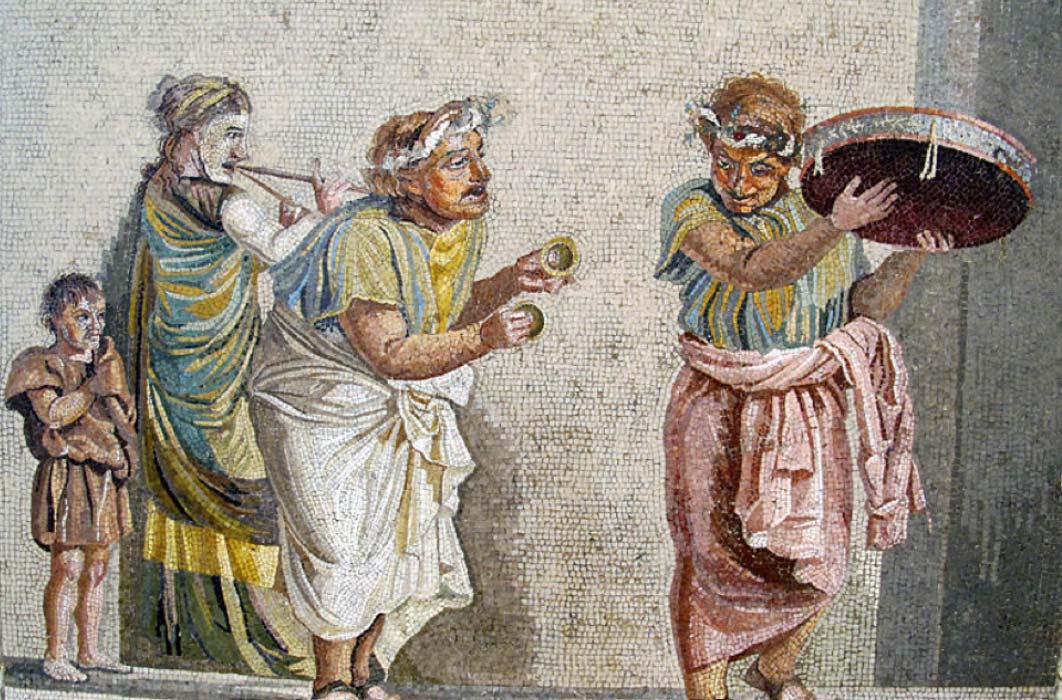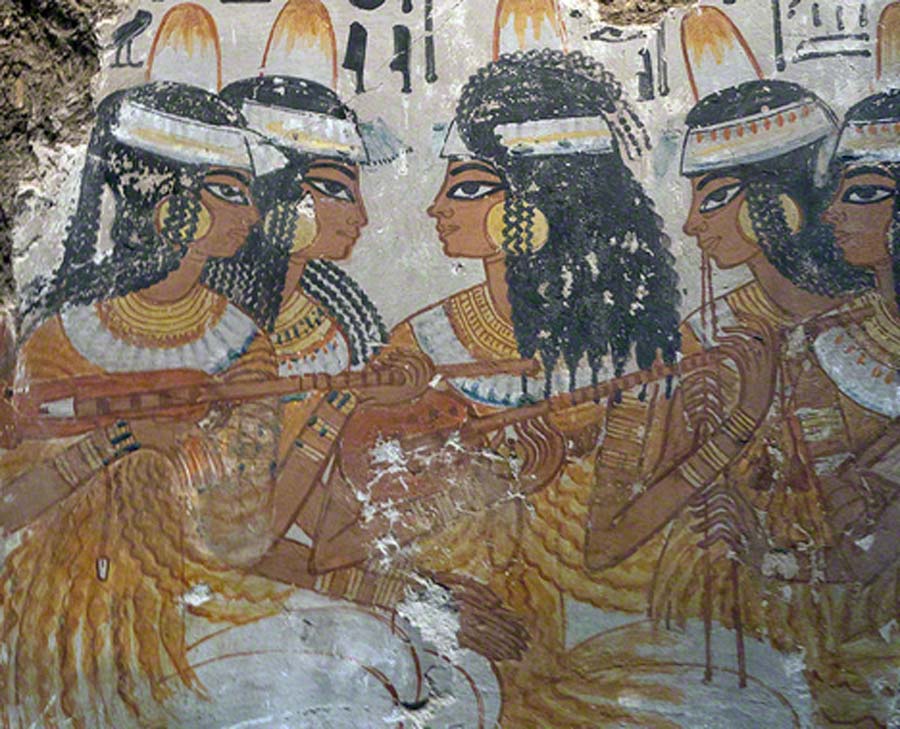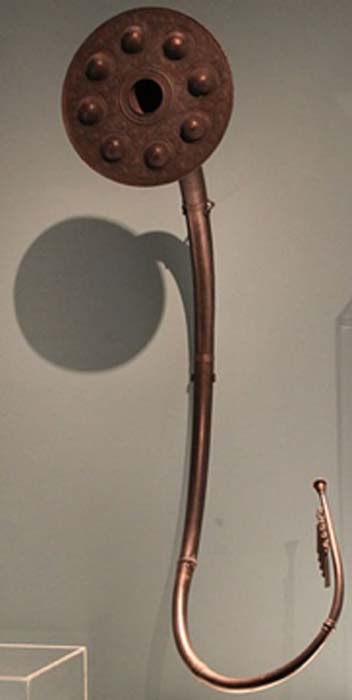
Orchestral Offerings on the Winds to the Gods
Ever since humans have been able to pull a blade of grass between their thumbs and blow into it, or tap two sticks on a third, our species has attempted to recreate the sounds of nature and over time these musical skills developed and orchestral offerings were made on the winds to the gods. The origins of musical instruments are exceptionally difficult to establish because it is unknown when clapping and stamping feet were first replaced with tools.

Ancient Egyptian tomb painting depicting lute players, 18th Dynasty (circa 1350 BC) (Public Domain)
Evolution of Music
Evolutionary scientists believe that a musical culture aided prehistoric humans to survive because on a neurological level, music coordinates emotions and consolidates cohesion. Music helps convey important messages to motivate individuals within groups to support other group members and losing oneself in rhythm within a group is an easy, hangover-free form of intoxication and achieving a trance state. Rhythm is the core element of music and it is as natural to humans to beat rhythms with sticks as it is to dance with rhythmic chanting during rituals.
Since living in caves rhythm and music emanated from simulating the dripping of water and the singing of birds and a range of objects will emit notes when struck with reeds and bamboo stalks. Stalks of grass, or hairs and reeds stretched and plucked provided twangs which early hunters were aware of for the last 15,000 years. Developing on such sounds ancient people developed many ingenious musical instruments, all of which we still listen to today.

Nefertari, wife of Ramesses II, holding a sistrum at Abu Simbel. (Public Domain)
Sacred Egyptian Sistrum
In ancient Egypt the Sistrum of the percussion family was one of the most sacred musical instruments. Believed to hold powerful magical properties when shaken at night it was said to scare off the god Set and that its sound could delay the annual flooding of the Nile River. According to scholar George Hart the goddess Bast: “is often depicted holding a sistrum, symbolizing her role as a goddess of dance, joy, and festivity.” The instrument is made from brass or bronze and it consisted of a handle and a U-shaped metal frame which when shaken, loops of thin metal on movable crossbars produced a range of sounds from soft clunks and clinks like chisels on stone, to loud and droning jangling noises.

A Bronze Age lur found in Brudevælte Mose, northeast of Lynge in Zealand, Denmark. (CC BY-SA 3.0)




